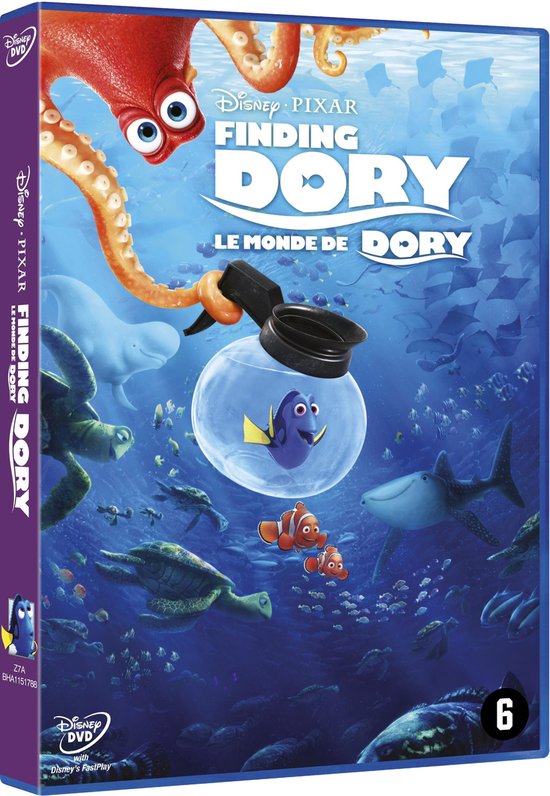
The movie, the sequel to Finding Nemo, welcomes back to the big screen everyone’s favorite forgetful blue tang Dory, who’s living happily in the reef with Marlin and Nemo. So if you enjoy Finding Dory next month and find yourself desiring a blue tang, think twice about buying one of them from your local pet store or elsewhere.If your kids have been hounding you to watch hit film Finding Dory now that it is out of theatres you are in luck today, as the movie is now finally available in online stores, including the Windows Store, where it is on sale for $19.99. Researchers and official breeders are well aware that the deadline is nearing on Finding Dory’s release, but they still haven’t reached that breakthrough moment for increasing the odds of survival among blue tangs in captivity. When that happens, collectors will double their efforts to obtain more blue tangs, and that will inevitably lead to their coral reefs habitats in the Coral Triangle (located near Indonesia and the Philippines) being harmed. What we can take away from all this is that if folks flock to buy blue tang after seeing Finding Dory just like what happened with clownfish after Finding Nemo, that means demand will go up. There have been attempts to safely breed blue tangs and other ornamental fish outside their natural environments, but so far they haven’t gone as well as expected. Regardless, the blue tang lives in fragile coral reef environments, but because the efforts to capture these fish and others either lack regulation or are environmentally unfriendly, the results can be destructive.

Of that total, approximately 300,000 blue tangs are “traded globally,” though it’s difficult to pin down an exact number. It’s estimated that between 20-24 million ocean animals are sold to around 2 million homes from pet stores and other distributors. While clownfish are easy to breed in captivity, Hakai Magazine noted that blue tangs don’t survive well in aquariums.


 0 kommentar(er)
0 kommentar(er)
